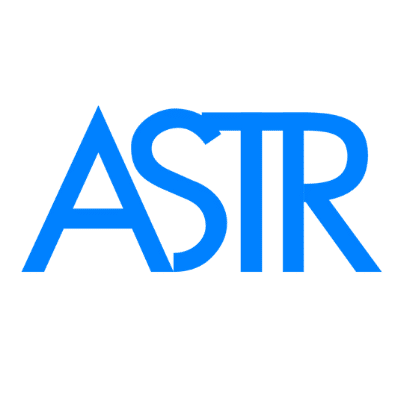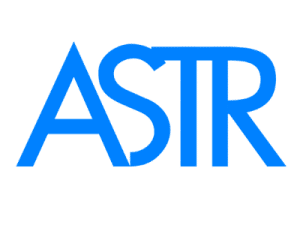Trigger Points vs. Fascial Adhesions: What’s Causing Your Pain?
Trigger Points vs. Fascial Adhesions: What’s Causing Your Pain?
Search terms: trigger point vs fascia, chronic pain causes, muscle knots vs fascia
🎯 Pain That Won’t Go Away? It Might Not Be What You Think
Do you keep feeling tight “knots” in your shoulders, neck, or back—even after massage or stretching? What many people call muscle knots may actually be trigger points or fascial adhesions—and understanding the difference is key to lasting relief.
Let’s break it down.
🧠 What Are Trigger Points?
Points de déclenchement are hyper-irritable spots found in tight bands of muscle tissue. They often develop from:
-
Repetitive stress or overuse
-
Blessure
-
Postural strain
-
Nutrient deficiencies or inflammation
Trigger points are known to:
-
Cause localized or referred pain (pain felt in another area)
-
Limit range of motion
-
Feel like small, tight lumps or “knots”
-
React to touch with pain, twitching, or soreness
These points can become active (painful) or latent (dormant), but both types affect your muscle function and posture.
🕸️ What Are Fascial Adhesions?
Fascial adhesions form when the fascia—the thin web of connective tissue wrapping your muscles and organs—becomes stiff, sticky, or scarred. These adhesions are commonly caused by:
-
Surgery or injury
-
Chronic inflammation
-
Poor movement patterns or posture
-
Mode de vie sédentaire
-
Emotional or physical stress
Fascial adhesions can:
-
Restrict normal tissue glide
-
Trap nerves and blood vessels
-
Create tightness that radiates across large areas
-
Interfere with deep muscle movement and stability
They may not always feel tender to the touch like trigger points, but they create widespread dysfunction over time.
🆘 How to Tell the Difference
| Feature | Points de déclenchement | Fascial Adhesions |
|---|---|---|
| Emplacement | Inside muscle bands | In fascia surrounding muscles/organs |
| Sensation | Local or referred pain from “knots” | Tightness, pulling, or vague pain |
| Response to Pressure | Sharp or twitch-like pain | Deep aching or broad restriction |
| Movement Impact | Muscle weakness, limited range of motion | Global stiffness or misalignment |
| Traitement | Trigger point release, needling, ASTR tools | Myofascial release, tool-assisted fascia therapy |
🛠️ How ASTR Therapy Treats Both—Effectively
ASTR (Advanced Soft Tissue Release) is a patented method developed by Dr. Joseph Jacobs that targets both trigger points and fascial adhesions with specially designed tools.
With ASTR, you can:
-
Break up scar tissue and fascial adhesions
-
Release trigger points naturally
-
Restore normal muscle function and nerve flow
-
Reduce inflammation and pain long-term
🔗 Explore ASTR Tools for Trigger Points & Fascia Release
📘 Learn More in Pain No More
In Pain No More, Dr. Jacobs shares how trigger points and fascial adhesions were major contributors to his chronic migraines and body pain, and how his tool-based ASTR method helped him and his patients recover when other treatments failed.
🔬 Backed by Science
-
Dommerholt et al. (2006): Myofascial trigger points contribute to chronic musculoskeletal pain and require targeted release.
-
Langevin et al. (2006): Fascial stiffness and adhesions are involved in inflammation, pain transmission, and poor mobility.
-
Cheatham et al. (2016): Instrument-assisted soft tissue mobilization improves flexibility and reduces pain in areas with scar tissue or adhesions.
-
Ajimsha et al. (2011): Myofascial release therapy effectively reduces trigger point sensitivity and improves quality of life.
✅ Final Takeaway: Know the Source to Fix the Pain
Whether you’re feeling knots, tightness, or tension that won’t let go, it’s crucial to understand what you’re dealing with—trigger points or fascial adhesions—so you can treat the root cause.
With ASTR, you can address both—safely, naturally, and effectively.

